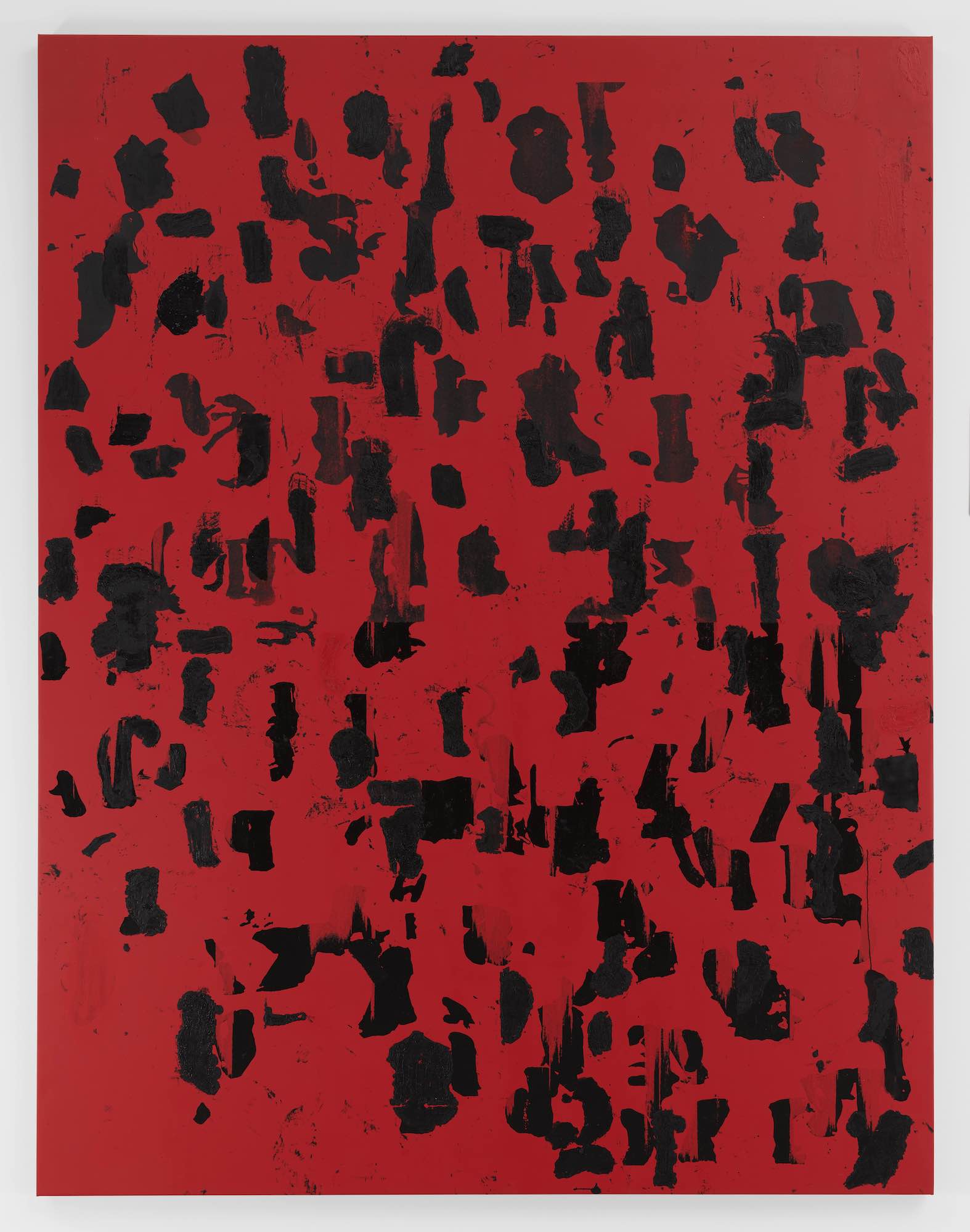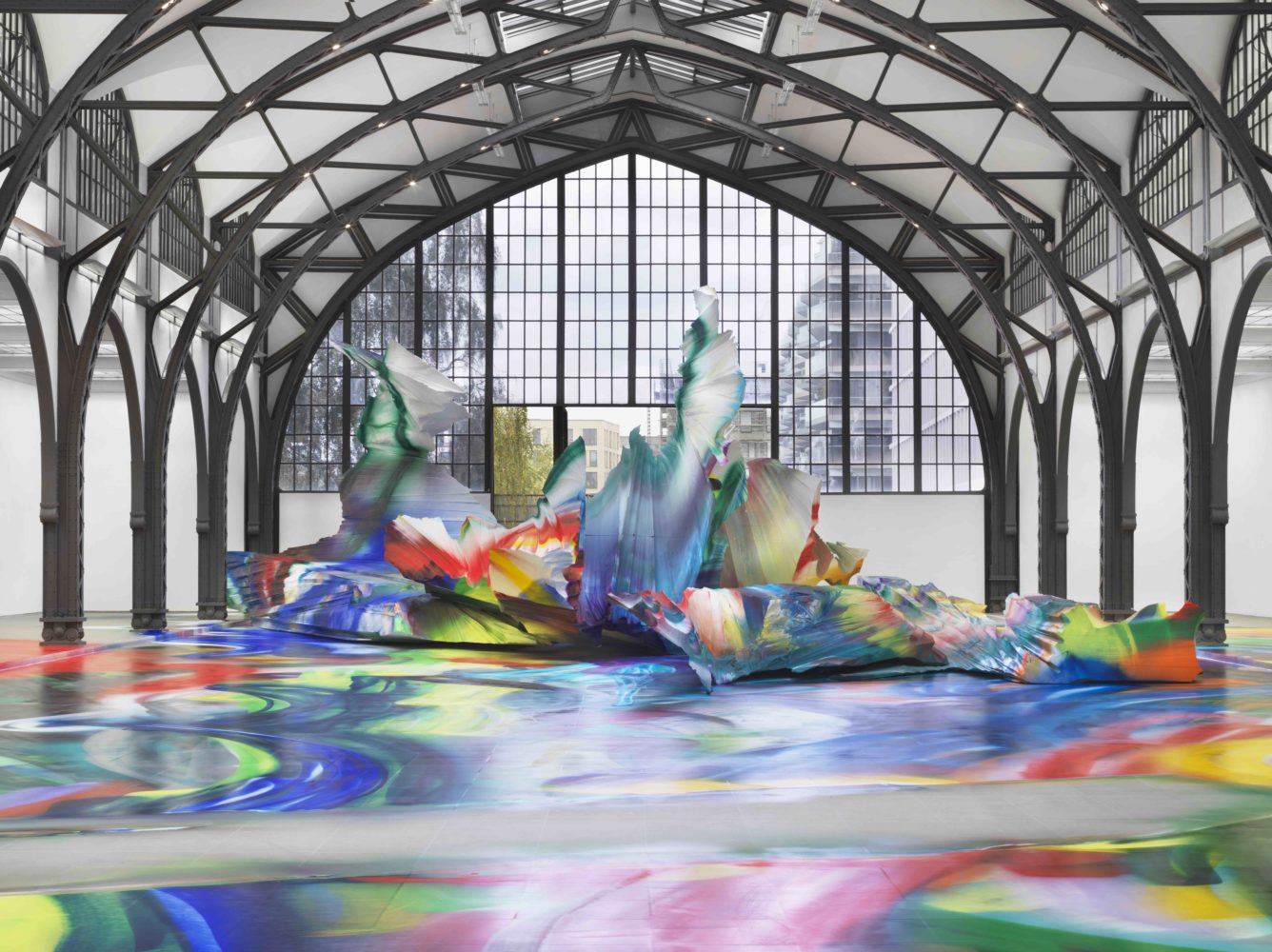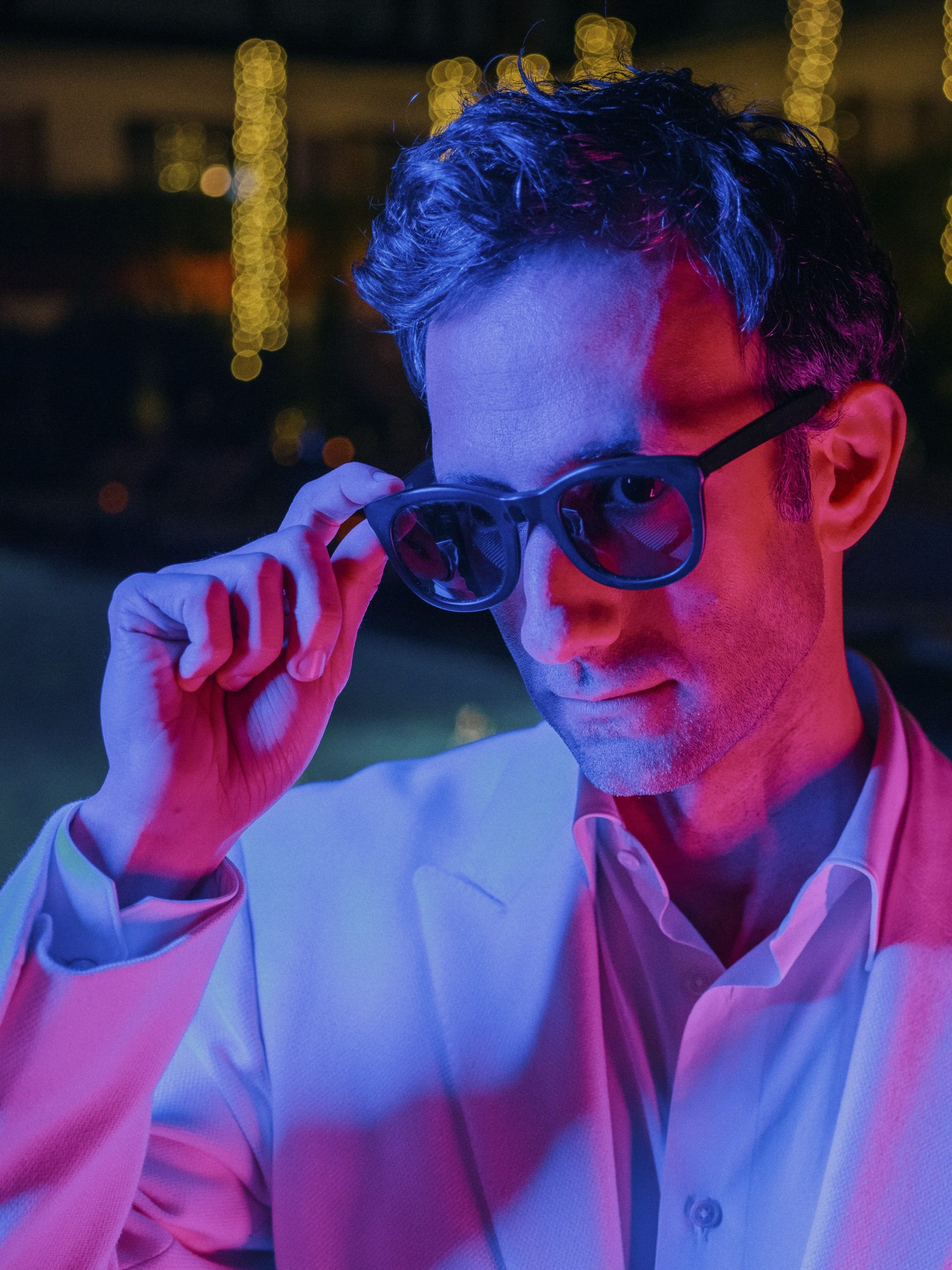The intergenerational team behind Field Architecture is a South African father-and-son duo, Jess and Stan Field. Based in California, the firm is thoughtfully focused on connecting buildings with the land, demonstrated in projects ranging from wellness, wilderness, and educational centers to private residences and religious spaces. Starting with an on-site “groundscape” process, which entails reading the terrain’s shape, mineral qualities, and hydrology, the studio then sketches ideas by hand and researches unique building materials and their origins. Understanding where products come from and how they’ll be used or reused guides the studio through meaningful and responsible construction, resulting in a heightened appreciation for the property in context with its surroundings.
With several projects underway this spring and summer in California and Idaho, Jess spoke with Whitewall about how Field Architecture creates connected projects with sustainability, storytelling, and the sensory in mind.
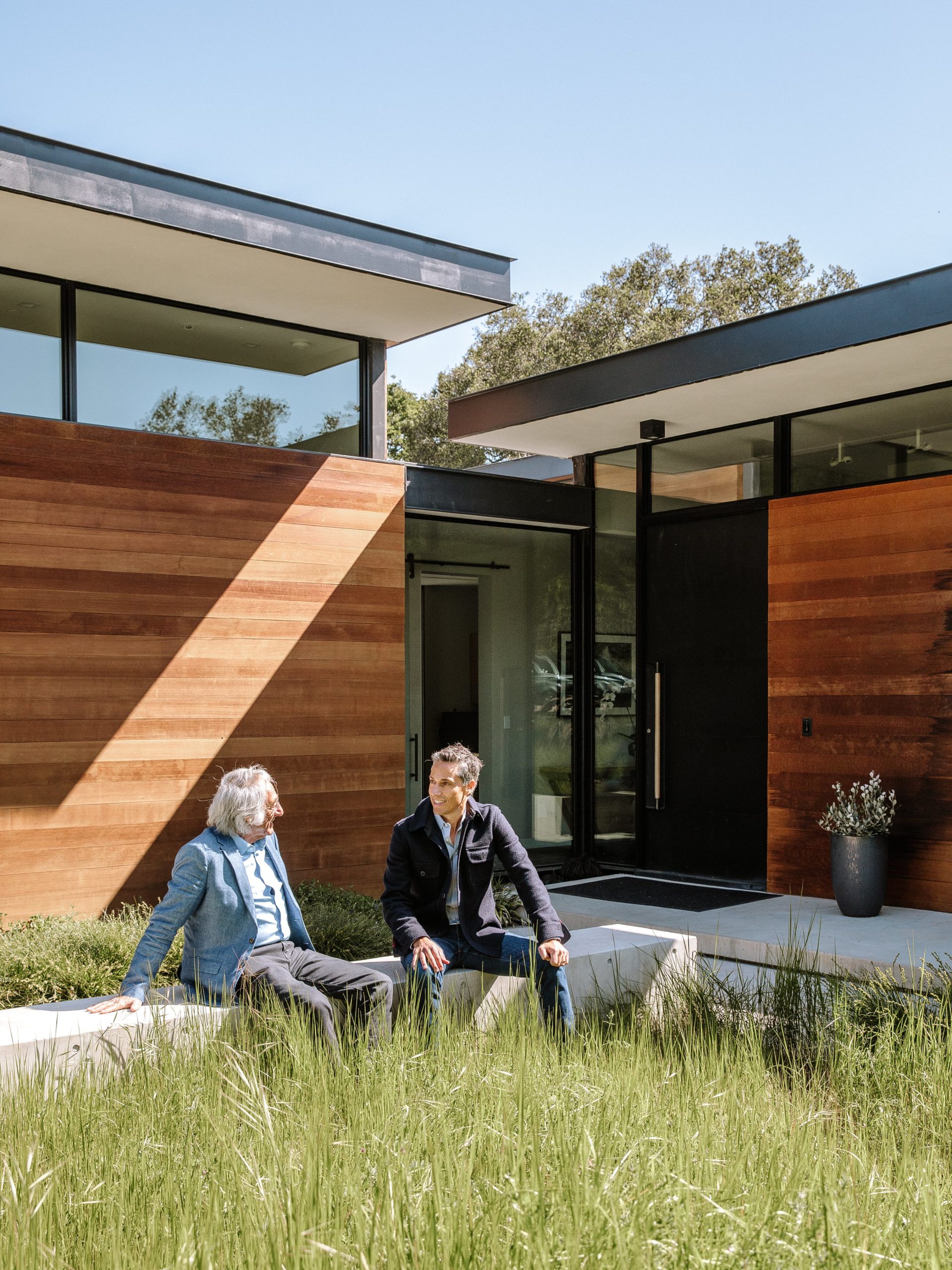
Stan and Jess Field at Forty One Oaks, photo by John Merkl, courtesy of Field Architecture.
WHITEWALL: Jess, your father was a student of Louis Kahn’s in the 1960s and was inspired by the role of context and light in defining a space. How did that shape your idea of architecture?
JESS FIELD: From an early age I remember being surrounded by architecture, and naturally inherited Stan’s passion for it. My earliest memories are from my grandparents’ wild garden in South Africa. As a child, I spent much of my time outside and defined my sense of place in the world through structures— starting with forts, tents, and treehouses. As I’ve gotten older, architecture allows me to connect with the land in a primary, sensory way that makes me feel at home.
WW: How does being a family-run business impact your approach to design?
JF: My father and I work together to transform ideas into physical realities that become part of their place. We have developed an intensely collaborative practice in order to do this. Our designs evolve in a dialectical way, drawing concepts out of conversations and coaxing out the best aspects. We work with our team to execute these ideas meticulously, from the biggest expression to the smallest detail.
Design is not linear, and inspiration is born from having the right conditions that allow creativity to flourish. We have to establish a dialogue and trust with others to achieve our goals. We’ve brought different experiences to our projects, but our conversations are always fluid and engaging. We’ve encouraged this same level of familiarity among our team members. It’s an impactful way to produce work and a testament to the talented, focused, and amazing people that are part of our team.
WW: Why does Field Architecture want to, as you mentioned, “attune a building to the land with as much subtlety and nuance as possible”?
JF: This is a fundamental point of departure because humans are part of the living world. Since where and how we live—our dwellings—are our primary places of connecting with the natural world, the way that we attune a house or any building to the land is key. We form our projects with subtlety and nuance that’s informed by the unique qualities of each site.
Right now, we’re designing a house on a knoll high above the Pacific Ocean. We can see how every element of the site has responded to the coastal weather. The side of the trees that face north have no growth, but they have broad canopies on the south. In response, we designed the house so that it’s both a windbreak and a shelter.
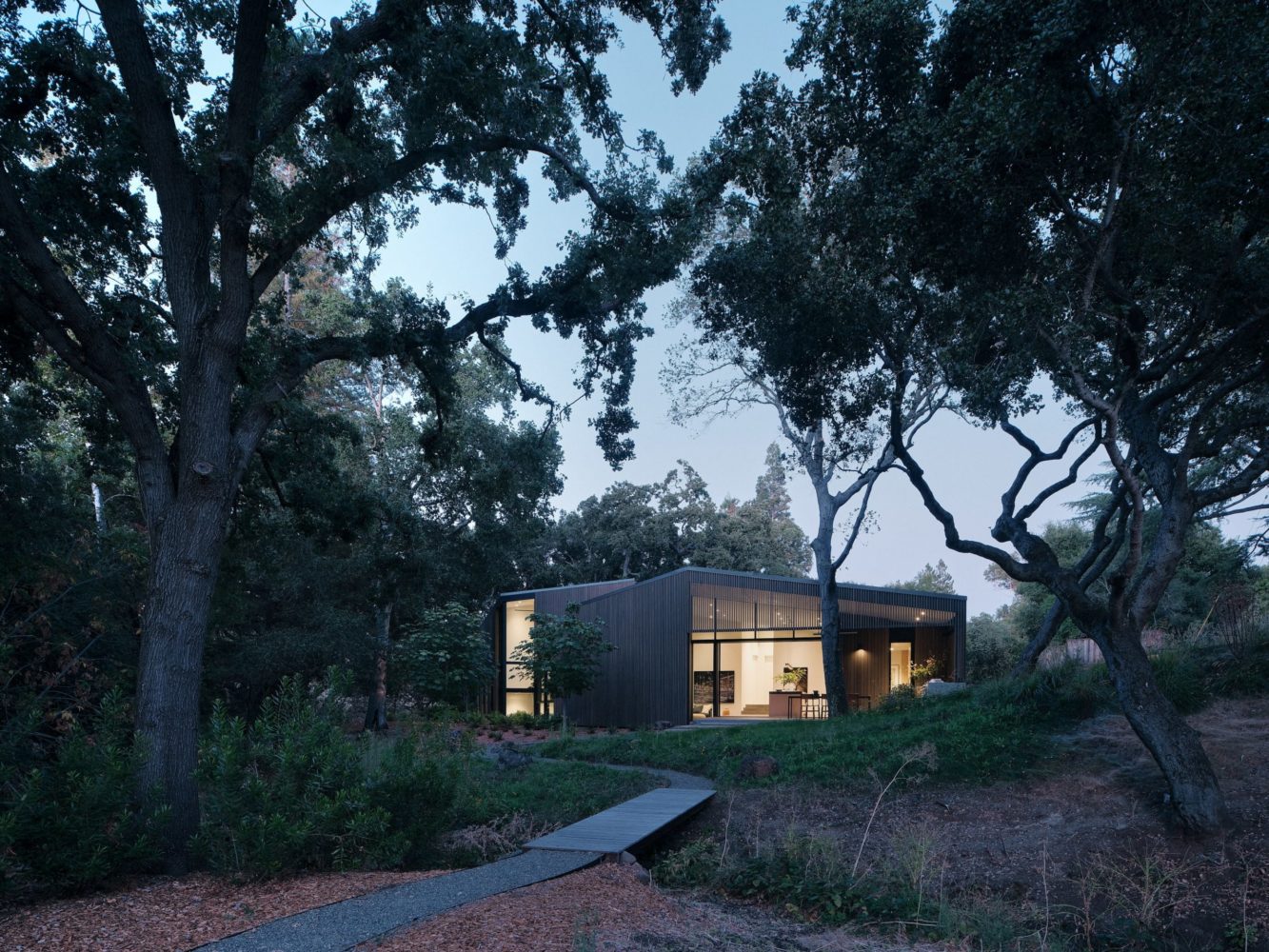
The Dawnridge house, photo by Joe Fletcher, courtesy of Field Architecture.
WW: How does the land itself typically impact your design proposal?
JF: Each building is comprised of a thoughtfully choreographed series of moments that allow the residents of a house to live in closer connection with the land. For a project on a sandy bay, we studied how the dunes are shaped by the wind and give life to a delicate coastal ecology that shifts with the seasons. Inspired by the movement of the sand, we created a rammed earth wall of compacted layers of sand that we reused from the excavation of the house. The wall—which is massive and threads through the length of the house—feels like it blew into the house from the beach. It collects radiant heat from the sun during the day, heating the space at night when the temperature drops.
WW: When building a new project, you track the origins of building materials—from where it was formed to how it’s been quarried, milled, and transported. How does this speak to sustainability?
JF: We are constantly experimenting with materials and how to use them in each context. Expressing how a material was extracted, created, or shaped helps us understand its essence. A material’s unique qualities come to life in this way and contribute fundamentally to how we experience architecture.
For a house in Idaho, we’re using reclaimed wood siding from an old barn that was deconstructed 50 miles away. We’re placing the boards on the facades of the new house facing the same orientation as they did when they lived on the original structure for nearly a hundred years. In this way, the building tells a continuous story of how the materials were shaped by sun and time. At Kol Emeth, a synagogue center on the San Francisco Peninsula, we used 2,200 pieces of wood, which were considered waste, to create a beautiful exterior lattice composed of these unique “cast-off” elements. The timbers have a new life as a brise soleil that shades the building from the low West sun, while creating a flowing tapestry of wood and light along the front facade.
We look at sustainable strategies holistically in terms of their performative role and their qualitative aspects. We have an immense responsibility to reduce waste and carbon, and we hold an ambitious view that design and construction can work in synergy with its particular site, and its host ecology and hydrology.
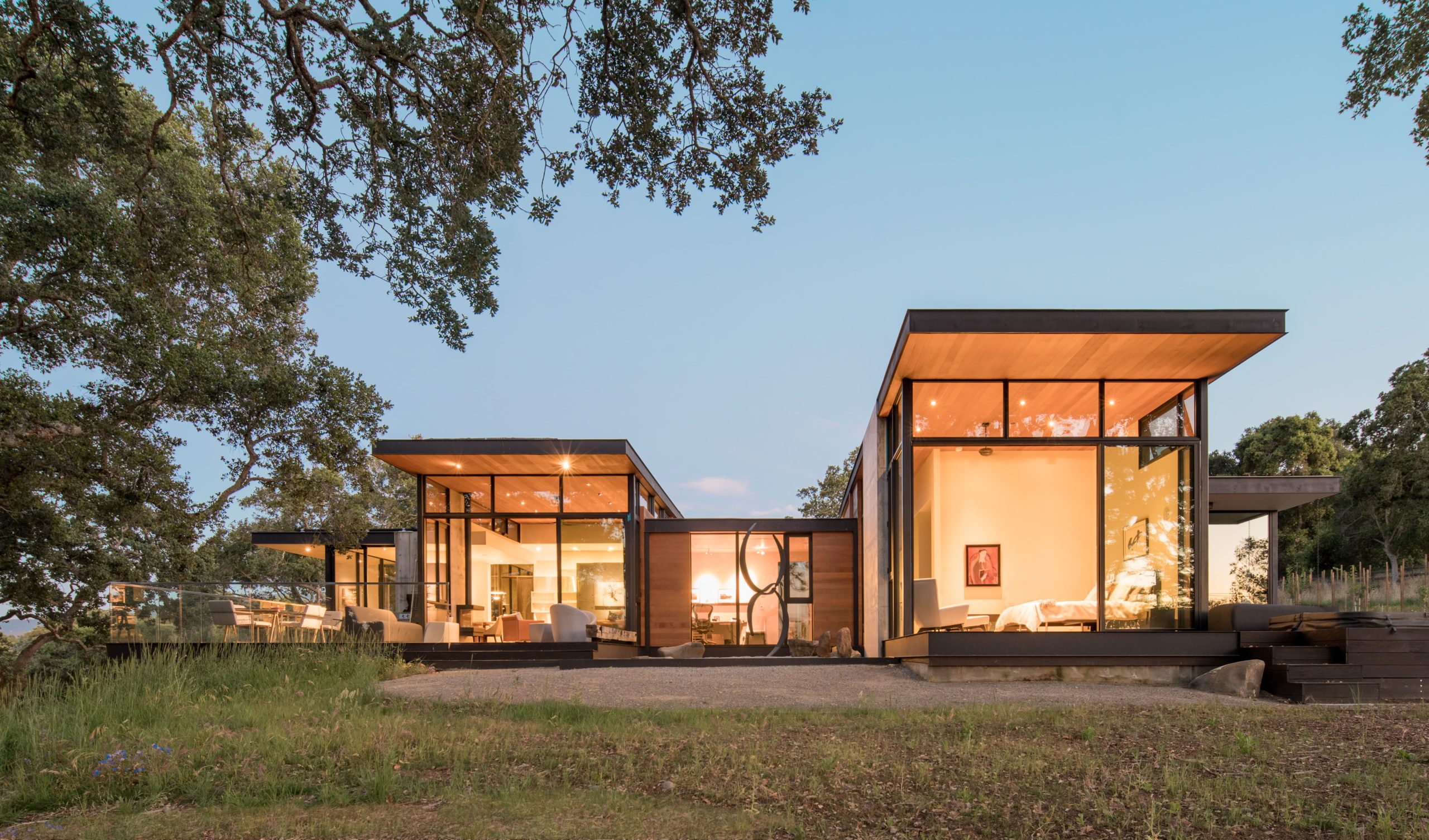
Forty One Oaks, photo by Steve Goldband, courtesy of Field Architecture.




